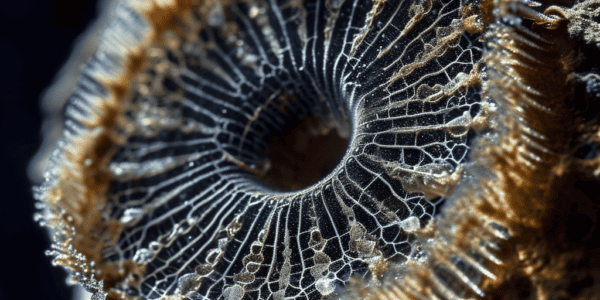New Study Reveals Molecular Mechanisms Behind How Plants Synchronize Photosynthesis in Varying Light Conditions
A recent study led by Professor Dr. Ute Armbruster has uncovered the molecular mechanisms behind how plants synchronize their photosynthesis process in response to changing light conditions. The research, published in Nature Communications, identified a key protein called thylakoid K+-exchange antiporter 3 (KEA3) that plays a crucial role in regulating the activation and deactivation of energy-dependent quenching (qE) to prevent potential damage from excessive light. These findings have significant implications for agricultural and environmental research, offering potential avenues for optimizing photosynthesis to enhance food production and improve stress tolerance in plants.
New Insights into Early Evolution of Cyanobacteria
Recent discoveries in the field of paleobiology have provided new insights into the early evolution of cyanobacteria and the emergence of oxygenic photosynthesis on Earth. A study published in Nature presents the oldest direct evidence of thylakoid membranes in ancient…


